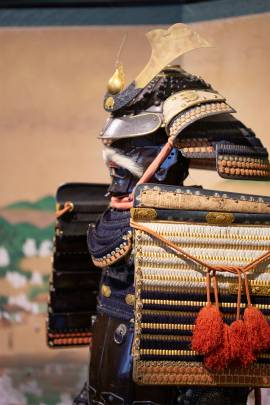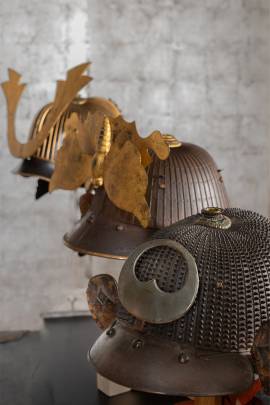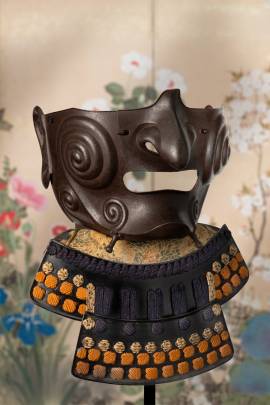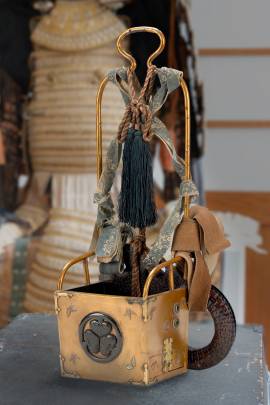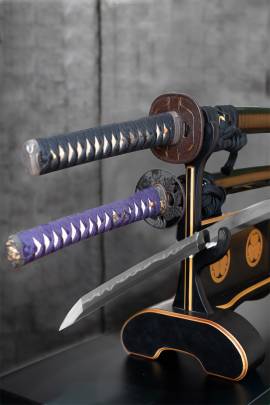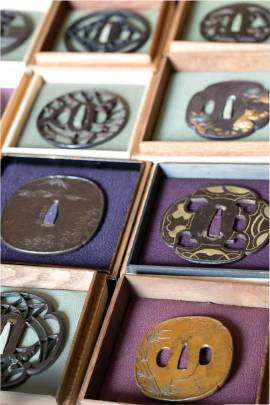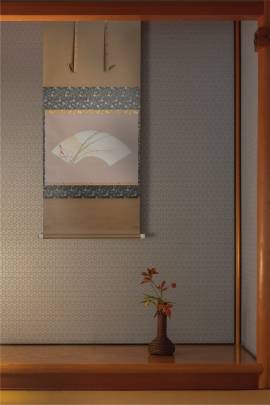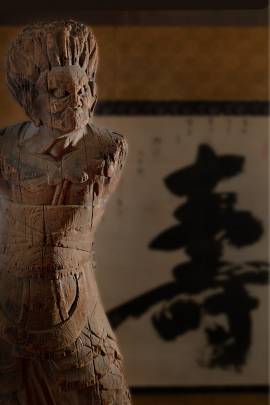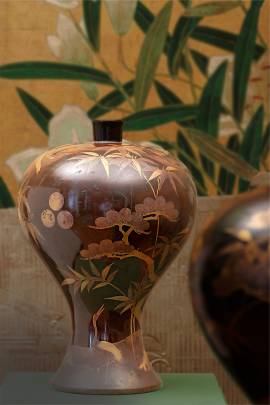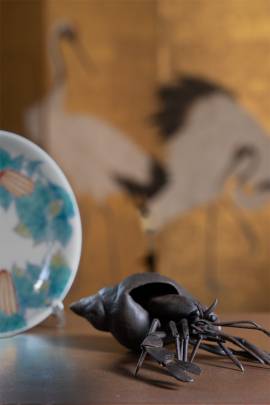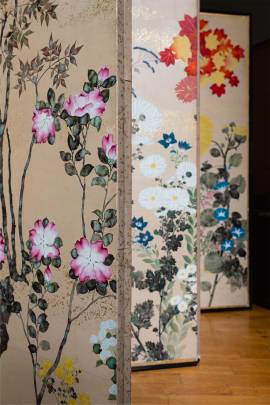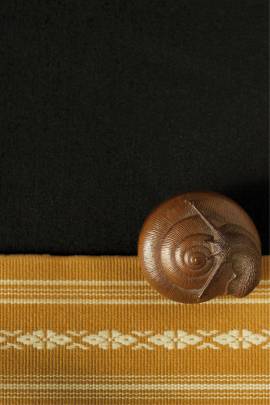Samurai
Works of art
Are you looking for samurai armor?
The exceptional popularity of Japanese art in the West can be attributed in large part to the figure of the Samurai, which encapsulates many cultural traits of the Land of the Rising Sun. More than mere warriors serving their daimyō, Samurai were a highly cultured caste devoted to martial arts as well as to shodō, the Japanese art of calligraphy. It is no surprise that, ever since entering Western culture around the end of the 19th century, Samurai armors have been greatly appreciated for their masterful craftsmanship, their exquisite decorations, and their skillfully finished and modeled materials.
Samurai armors vary widely in appearance according to the period of origin, but what truly distinguishes each of them is its belonging to a specific dan. Samurai, in fact, were held in the highest regard due to their mastery of the zen arts. A samurai's mission to protect his feudal lord, or daimyō, was considered one of the pillars of his destiny, known as bushidō or “way of the warrior”. The unshakable, lifelong commitment to their masters is one of the attributes in stark contrast with Western war culture, where armies, ever since Roman times, have always included professional mercenaries. For Samurai such a notion was utterly inconceivable, since they regarded fighting as an ultimate act of spirituality, to be carried out to the fullest extent for the good of the community. Hence the cult of seppuku and harakiri, the final sacrifice which Samurais made, taking their own lives, to atone for the shame of having failed their daimyō.
The market for antique Samurai armor is an extremely sophisticated and competent one, whose connotation is not just commercial but spiritual as well. Samurai armors are works of art laden with symbolic and historical significance, which harbor within them the essence of Orientalism.
Copyright © 2016 - giuseppe piva - VAT: 05104180962

